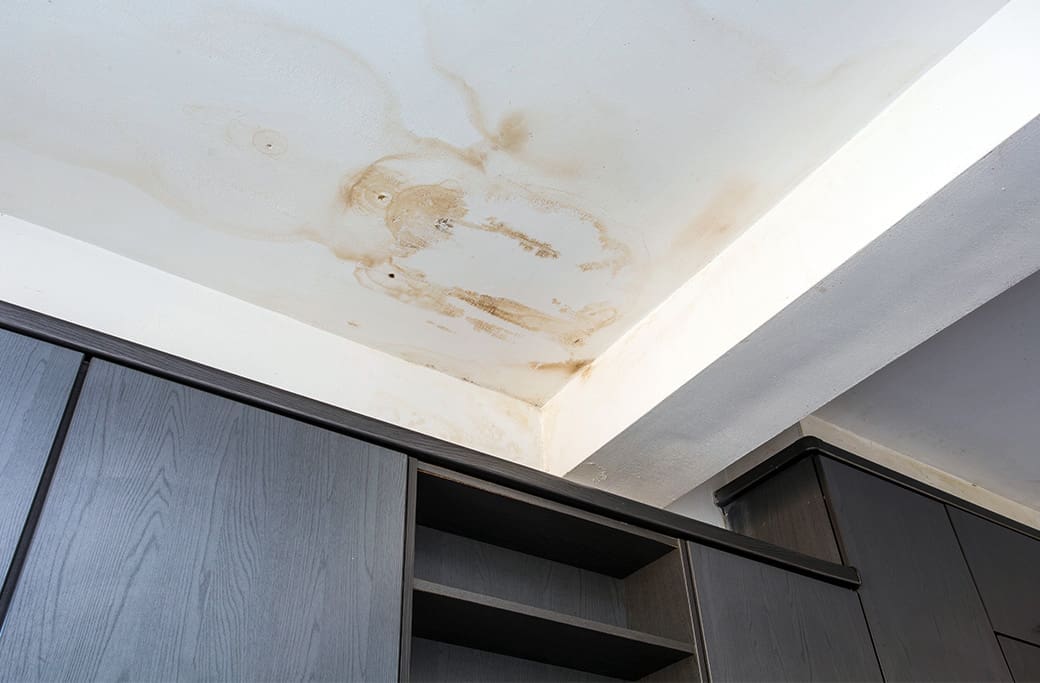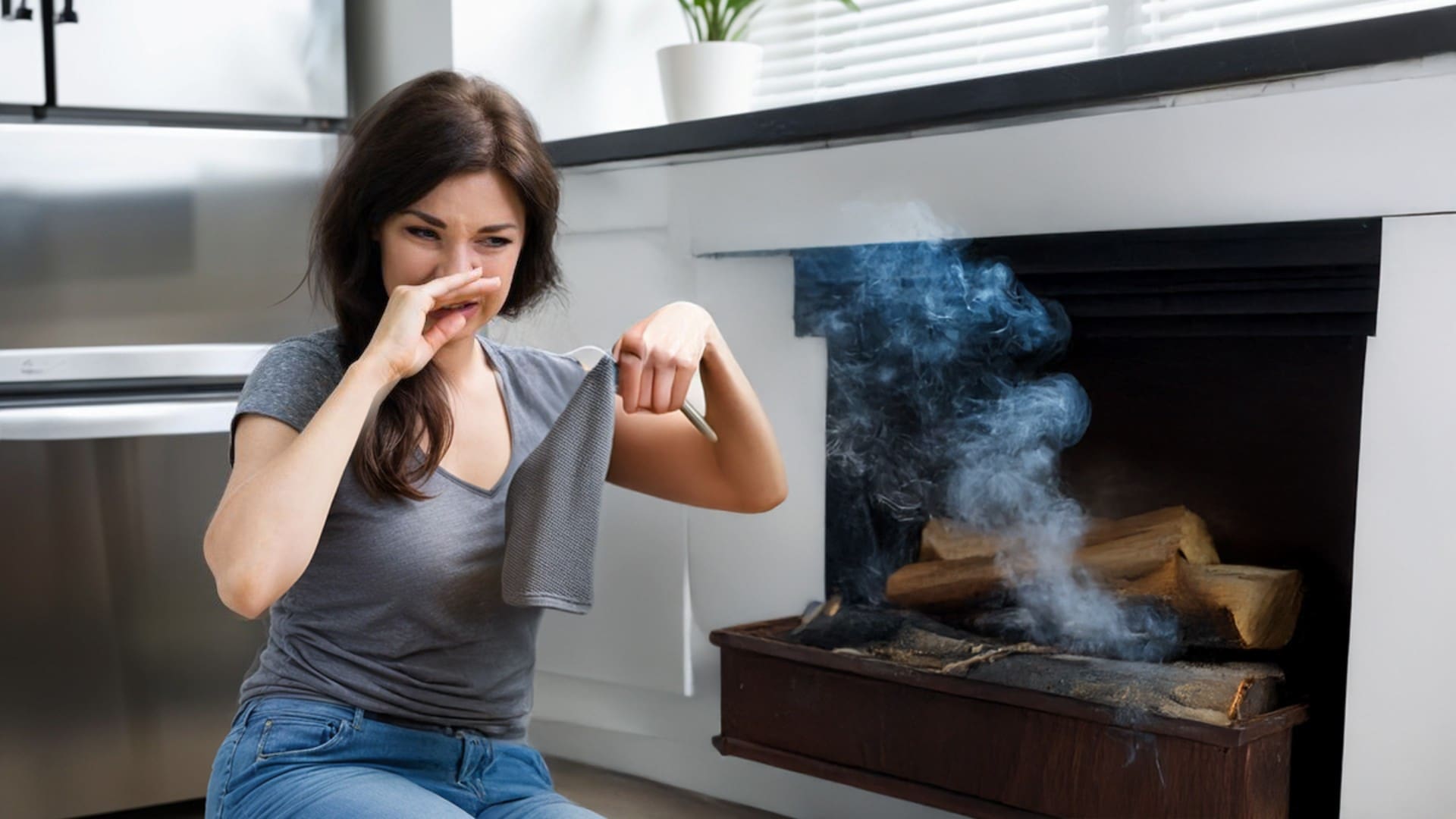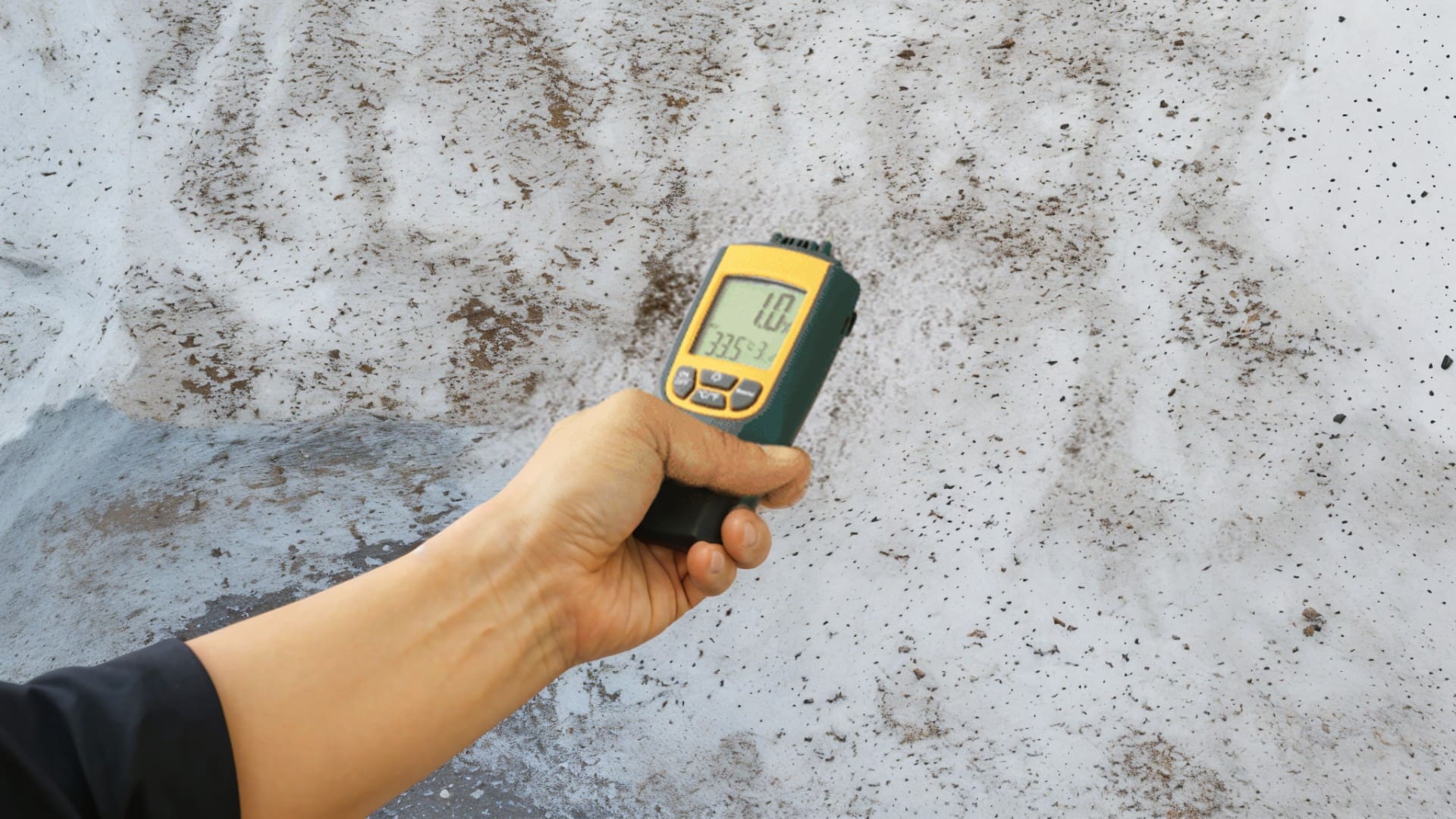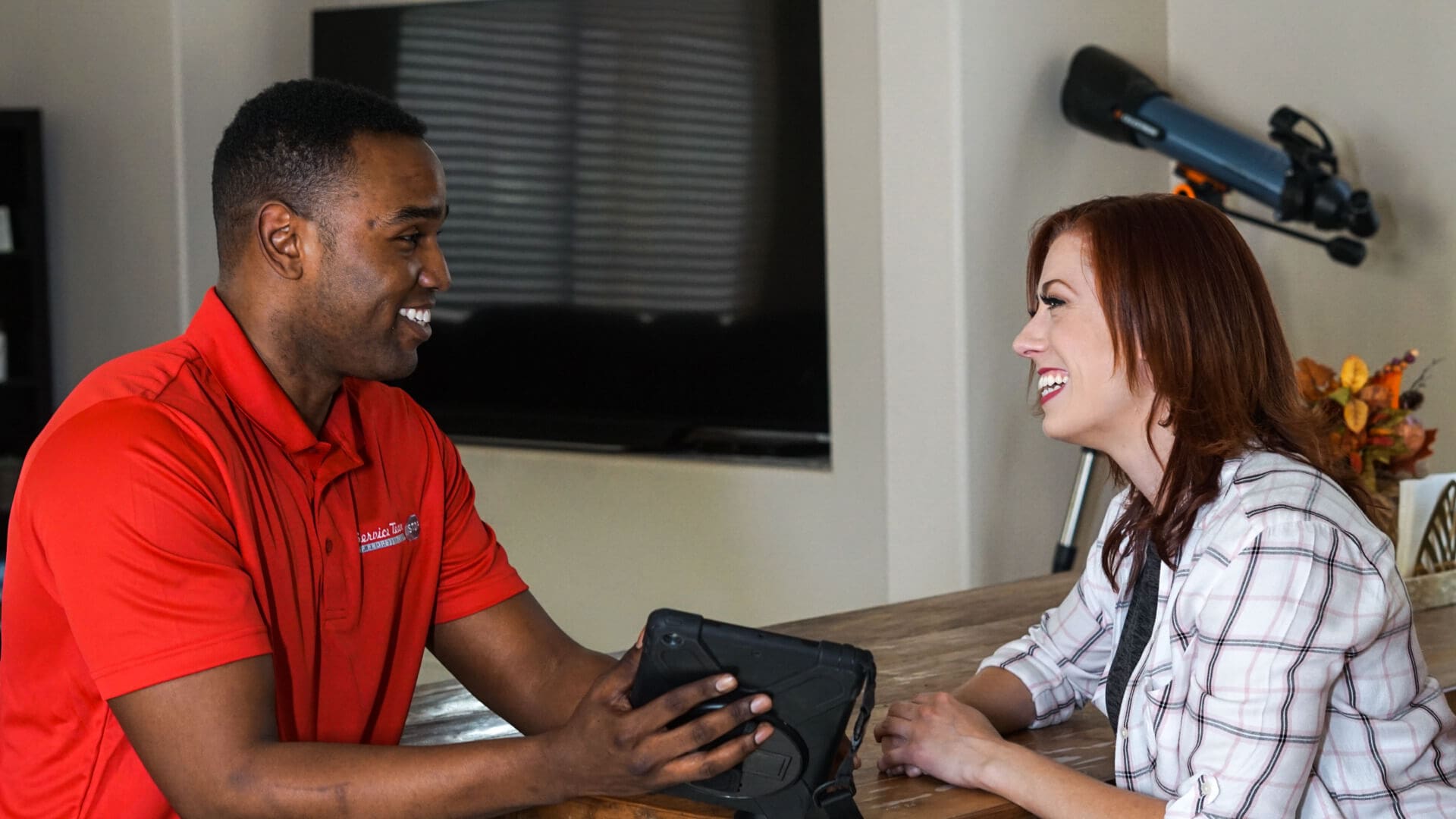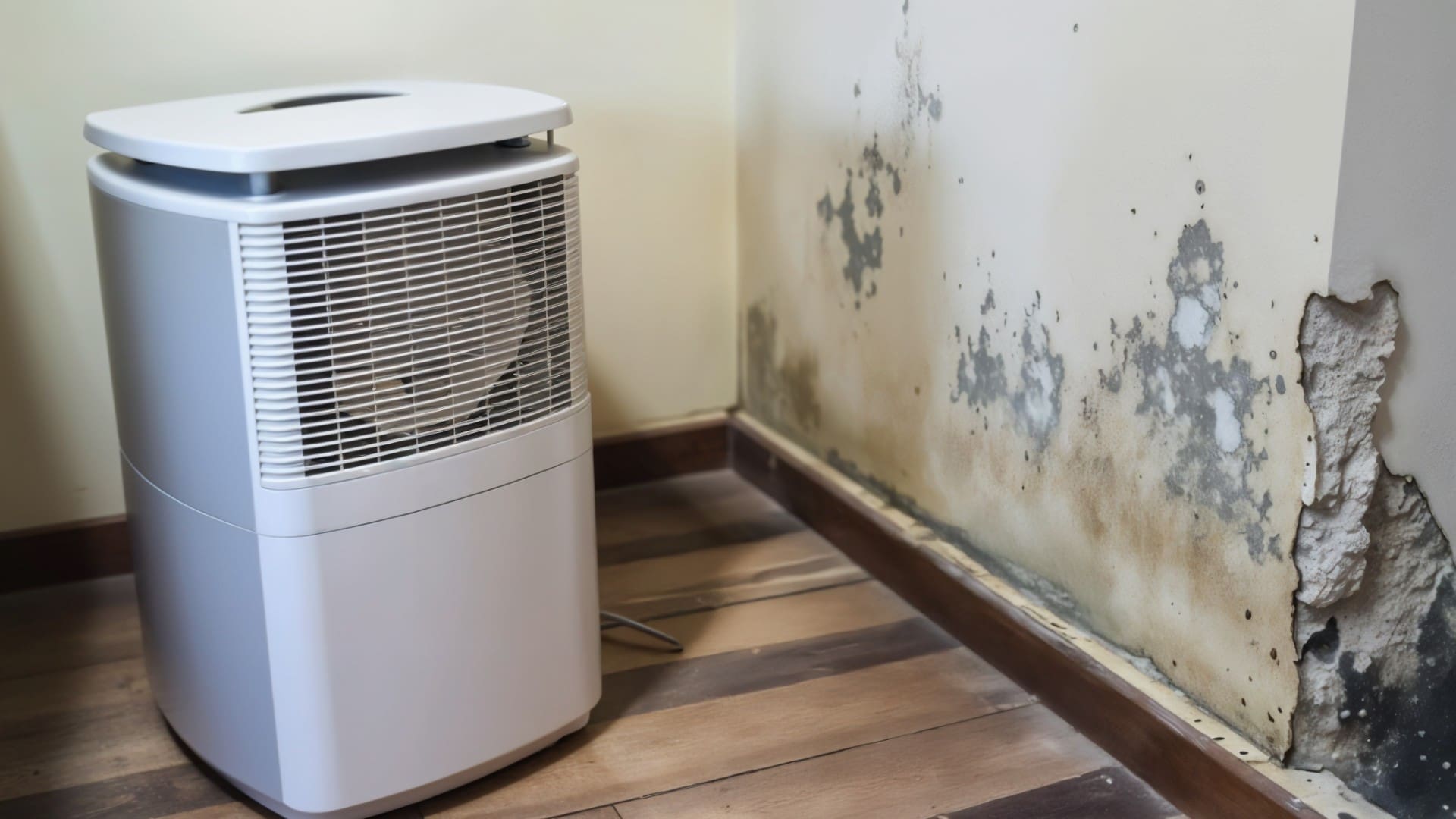
Mold is not only unsightly—it can also pose serious health risks and cause long-term damage to your property if not addressed properly. When homeowners or business owners spot mold or sense a musty odor, one of the first tools they consider is a dehumidifier. But can a dehumidifier actually kill mold?
In this blog post, we’ll explore what dehumidifiers do, how they interact with mold growth, and why relying solely on a dehumidifier is not the answer. We’ll also introduce how professionals like STOP Restoration provide comprehensive mold remediation services that go far beyond simple moisture control.
Understanding the Role of Moisture in Mold Growth
Mold spores are everywhere—in the air, on surfaces, and even in seemingly clean indoor spaces. However, they require three key ingredients to grow:
- A food source (like drywall, wood, or fabrics)
- The right temperature (usually between 60–80°F)
- Moisture
Out of these, moisture is the critical factor that determines whether mold can thrive. This is why mold problems often follow water damage events, such as leaks, floods, or high indoor humidity. Mold can start growing within 24–48 hours of moisture exposure.
What a Dehumidifier Does
A dehumidifier works by drawing in humid air, removing moisture through condensation, and then releasing dry air back into the room. This helps to:
- Maintain indoor humidity levels below 60% (ideally around 30–50%)
- Create an environment that is less favorable for mold growth
- Improve indoor air quality
- Prevent future mold outbreaks when used consistently
However, it’s important to note that a dehumidifier does not kill mold.
Can a Dehumidifier Kill Mold? The Straight Answer
No, a dehumidifier cannot kill mold.
While dehumidifiers are great for preventing mold by reducing moisture levels, they do not have the capability to:
- Remove existing mold colonies
- Eliminate mold spores
- Clean contaminated surfaces
- Address the root causes of water damage or leaks
Even if the air feels drier, mold colonies already established on walls, ceilings, or hidden in crawl spaces will continue to survive unless physically removed and treated.
Importance of Professional Mold Remediation
If you already have visible mold, musty odors, or signs of water damage, it’s time to call in a professional remediation team—like STOP Restoration, a premier name in water damage restoration and mold cleanup services.
Here’s what STOP Restoration brings to the table:
1. Thorough Inspection and Testing
Trained technicians assess the full extent of the mold problem using moisture meters, infrared cameras, and air sampling if needed. They identify both visible and hidden mold growth.
2. Root Cause Identification
STOP Restoration goes beyond surface cleaning. Their experts identify the source of moisture—whether it’s a leaking pipe, condensation issue, or recent flooding—and stop it at the source.
3. Safe Mold Removal
Using industry-standard containment procedures, HEPA filtration, and EPA-approved antimicrobial agents, STOP Restoration safely removes mold colonies without spreading spores to other parts of the property.
4. Drying and Dehumidification
Professional-grade dehumidifiers and air movers are used to dry out affected areas thoroughly, ensuring the mold doesn’t return.
5. Restoration of Damaged Areas
Whether it’s replacing drywall, flooring, or repainting surfaces, STOP Restoration ensures your home or business is restored to pre-loss condition.
When Is a Dehumidifier Still Useful?
Though it won’t kill mold, a dehumidifier is still a valuable tool in your mold prevention strategy, especially in areas like:
- Basements
- Bathrooms
- Laundry rooms
- Crawl spaces
- Humid climates
Using a dehumidifier proactively can help prevent future mold problems—just make sure to pair it with proper ventilation, moisture monitoring, and regular maintenance.
Final Thoughts: Prevention + Professional Remediation
In short, a dehumidifier is a preventive tool—not a cure. If you already have mold, simply plugging in a dehumidifier won’t solve the problem. Mold requires physical removal and thorough treatment from certified experts like those at STOP Restoration.
At STOP Restoration, we understand that mold is more than just an aesthetic issue—it’s a threat to your health, safety, and property value. That’s why we offer rapid response, honest assessments, and effective solutions tailored to your specific situation.
Don’t wait for the mold to spread. If you suspect mold in your home or business, contact STOP Restoration today and take the first step toward a clean, dry, and safe environment.
Need Help Now?
Call STOP Restoration for a professional mold inspection and remediation service you can trust. Let us handle the mold—so you can breathe easy.
FAQ
1. Can a dehumidifier kill mold?
Answer:
No, a dehumidifier cannot kill existing mold. It helps by removing excess moisture, which prevents new mold growth, but it does not remove or kill mold colonies already present. Professional remediation is necessary to eliminate mold.
2. Will a dehumidifier prevent mold from returning?
Answer:
Yes, a dehumidifier can help prevent mold from returning by maintaining optimal indoor humidity levels (ideally 30–50%). However, it must be paired with proper ventilation, leak repairs, and mold remediation to be fully effective.
3. How do I know if I have mold in my home?
Answer:
Common signs include a musty odor, visible black, green, or white patches on surfaces, allergy-like symptoms, or signs of water damage. For certainty, contact professionals like STOP Restoration for a mold inspection.
4. How fast does mold grow after water damage?
Answer:
Mold can begin growing within 24 to 48 hours after exposure to moisture. Immediate drying and cleanup are critical after water damage to prevent mold growth.
5. Is mold dangerous to health?
Answer:
Yes, mold can cause respiratory issues, allergic reactions, skin irritation, and worsen asthma symptoms. Prolonged exposure to mold can be particularly harmful to children, the elderly, and people with compromised immune systems.
6. Can I clean mold myself with bleach?
Answer:
Bleach may remove surface mold stains but doesn’t penetrate porous materials like drywall or wood. It also doesn’t kill mold roots. DIY cleanup is risky; professional remediation from STOP Restoration ensures complete and safe removal.
7. What humidity level should I maintain to prevent mold?
Answer:
Keep indoor humidity between 30% and 50%. Anything above 60% can promote mold growth. A dehumidifier can help maintain these levels, especially in high-moisture areas like basements and bathrooms.
8. What should I do if I find mold in my home?
Answer:
Do not disturb it or try to clean it without protection. Call a certified mold remediation company like STOP Restoration. They’ll assess the damage, contain the area, and remove the mold safely and effectively.
9. How does STOP Restoration handle mold remediation?
Answer:
STOP Restoration uses a comprehensive approach: inspection, moisture control, containment, safe mold removal with HEPA filtration, and complete restoration of damaged areas. Their trained professionals ensure long-term mold prevention.
10. Is mold remediation covered by insurance?
Answer:
It depends on your policy and the cause of the mold. Mold caused by sudden water damage (like a burst pipe) is often covered, but mold from long-term neglect may not be. STOP Restoration can assist with documentation and claims support.

